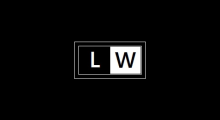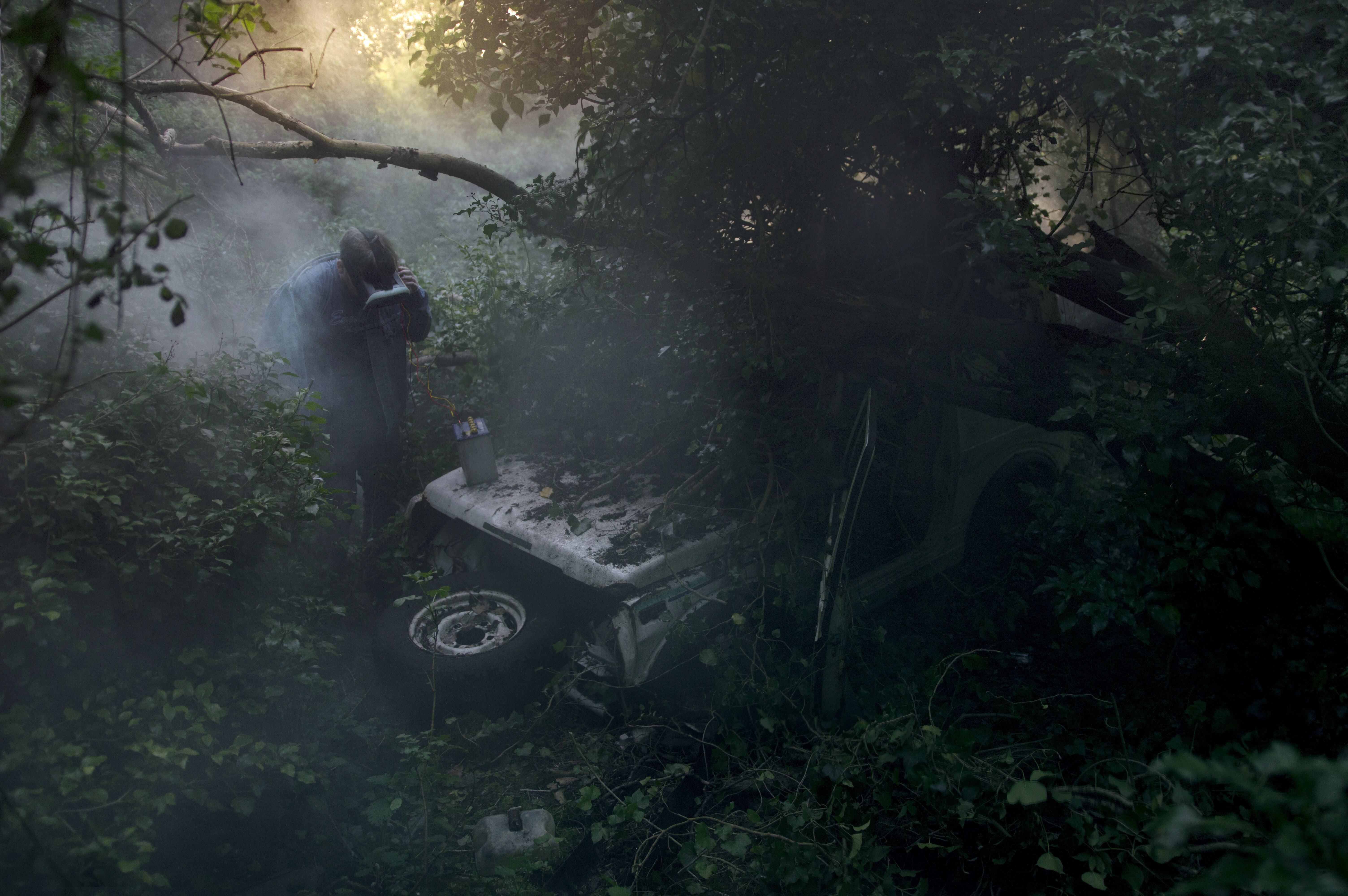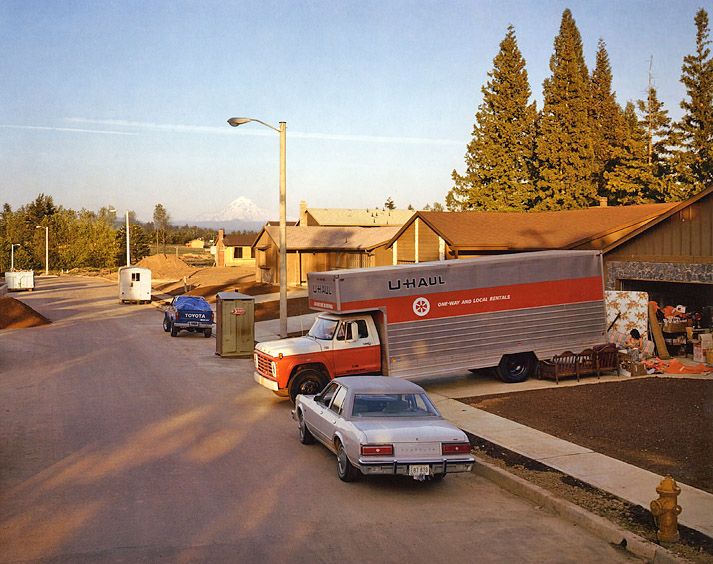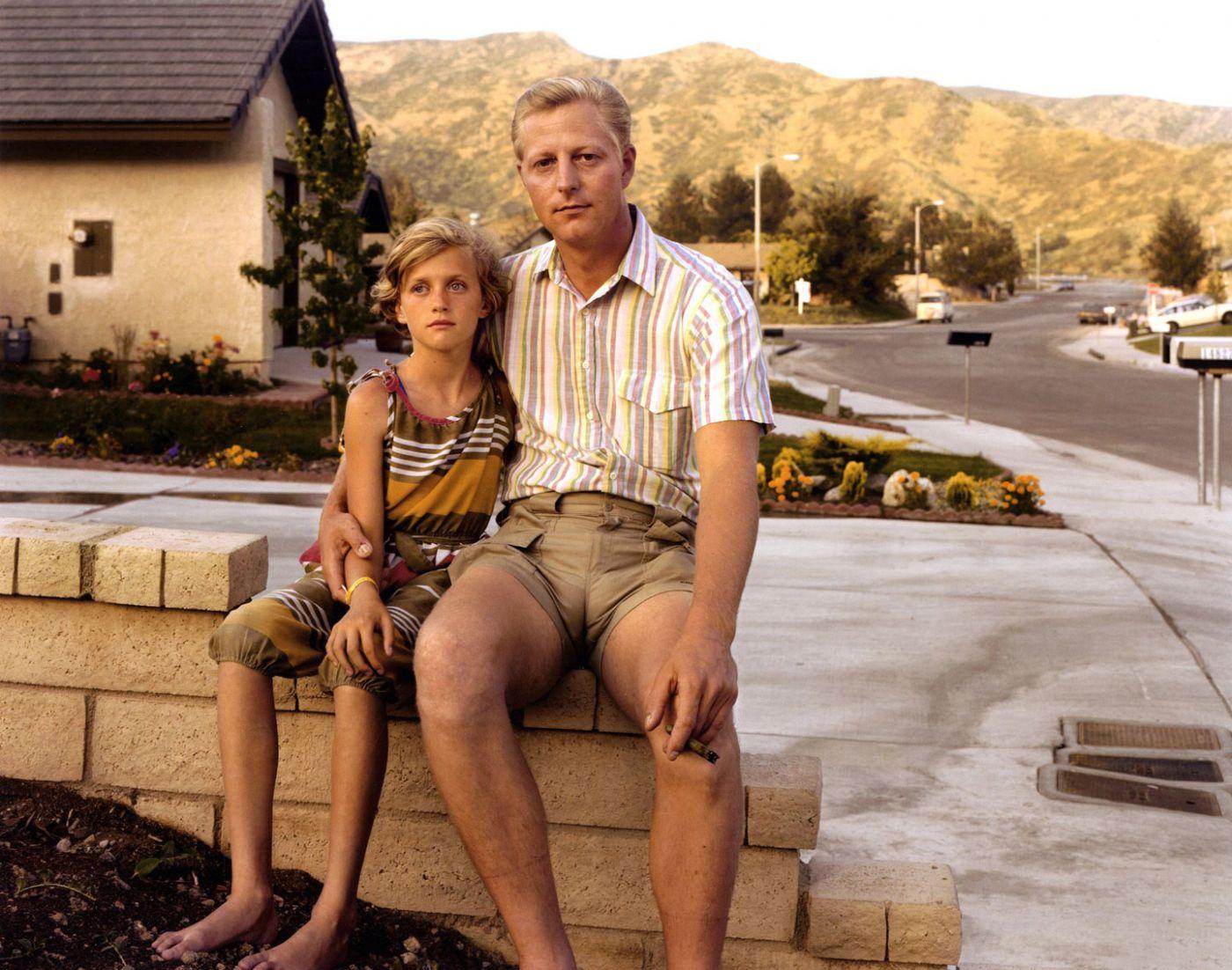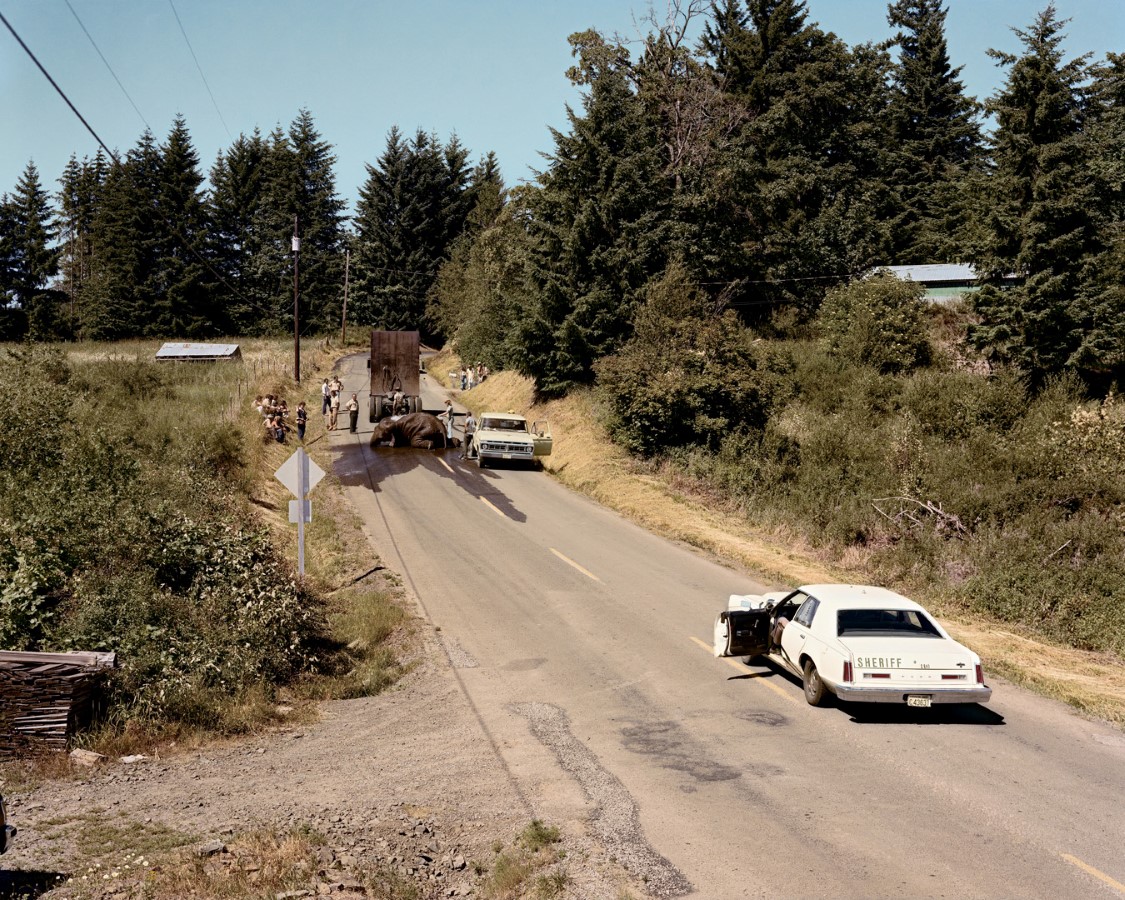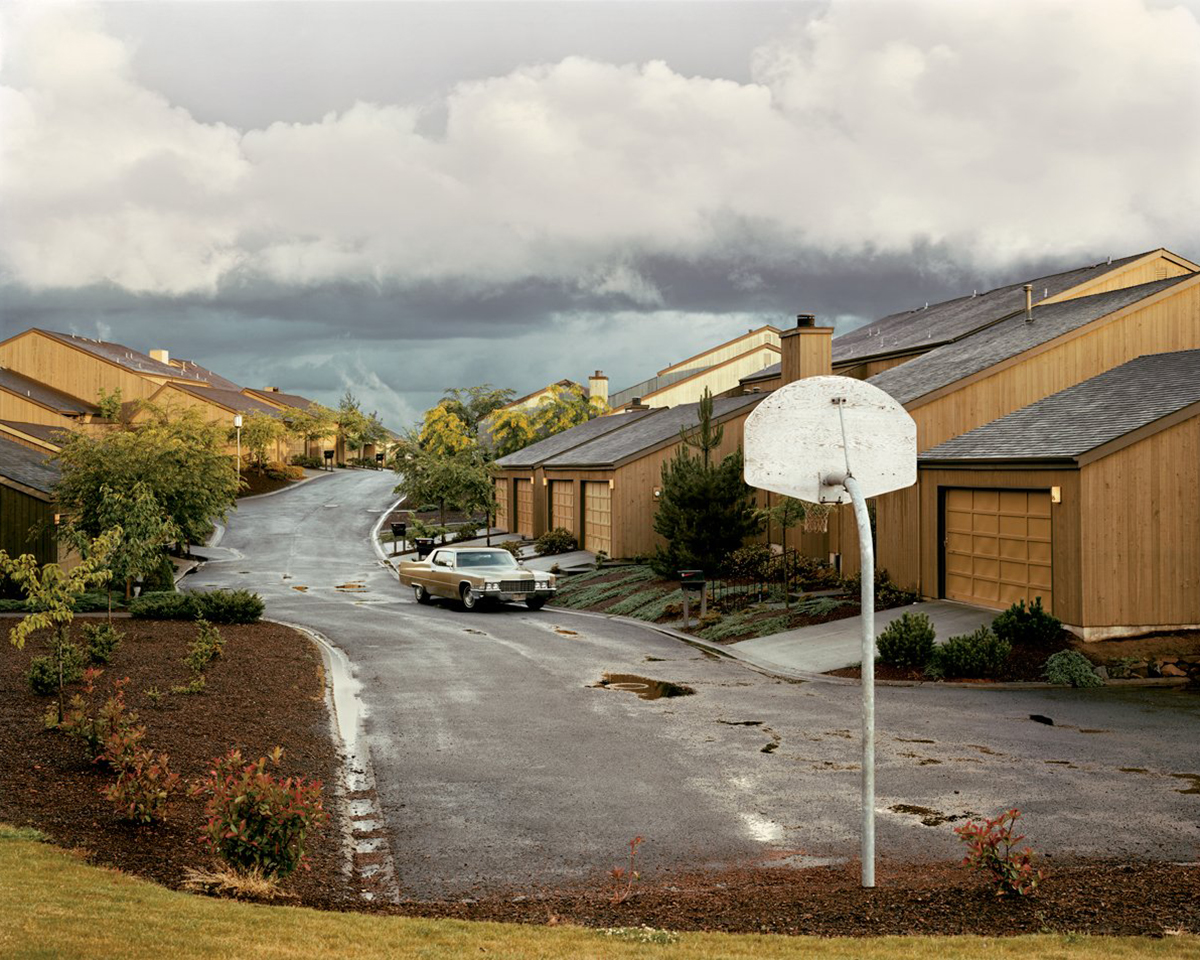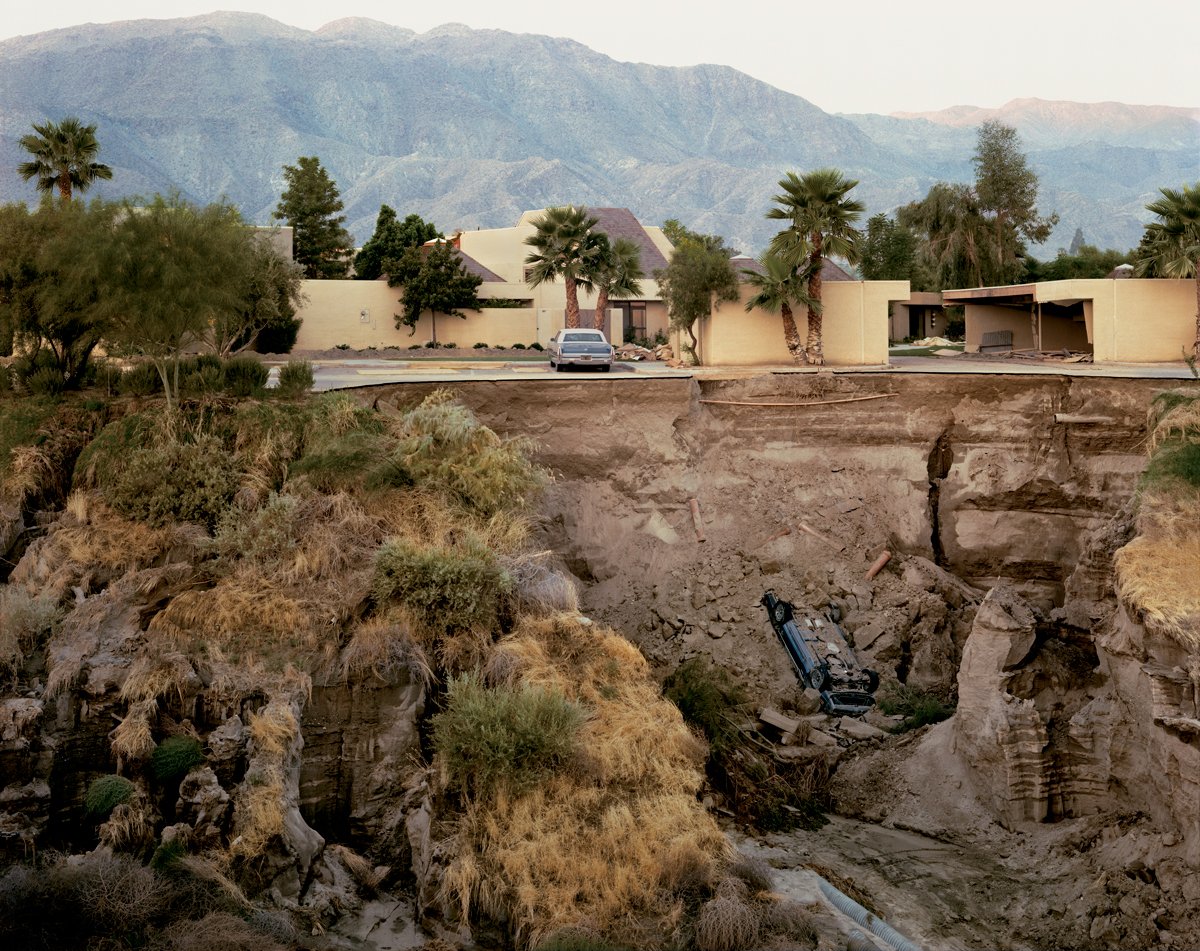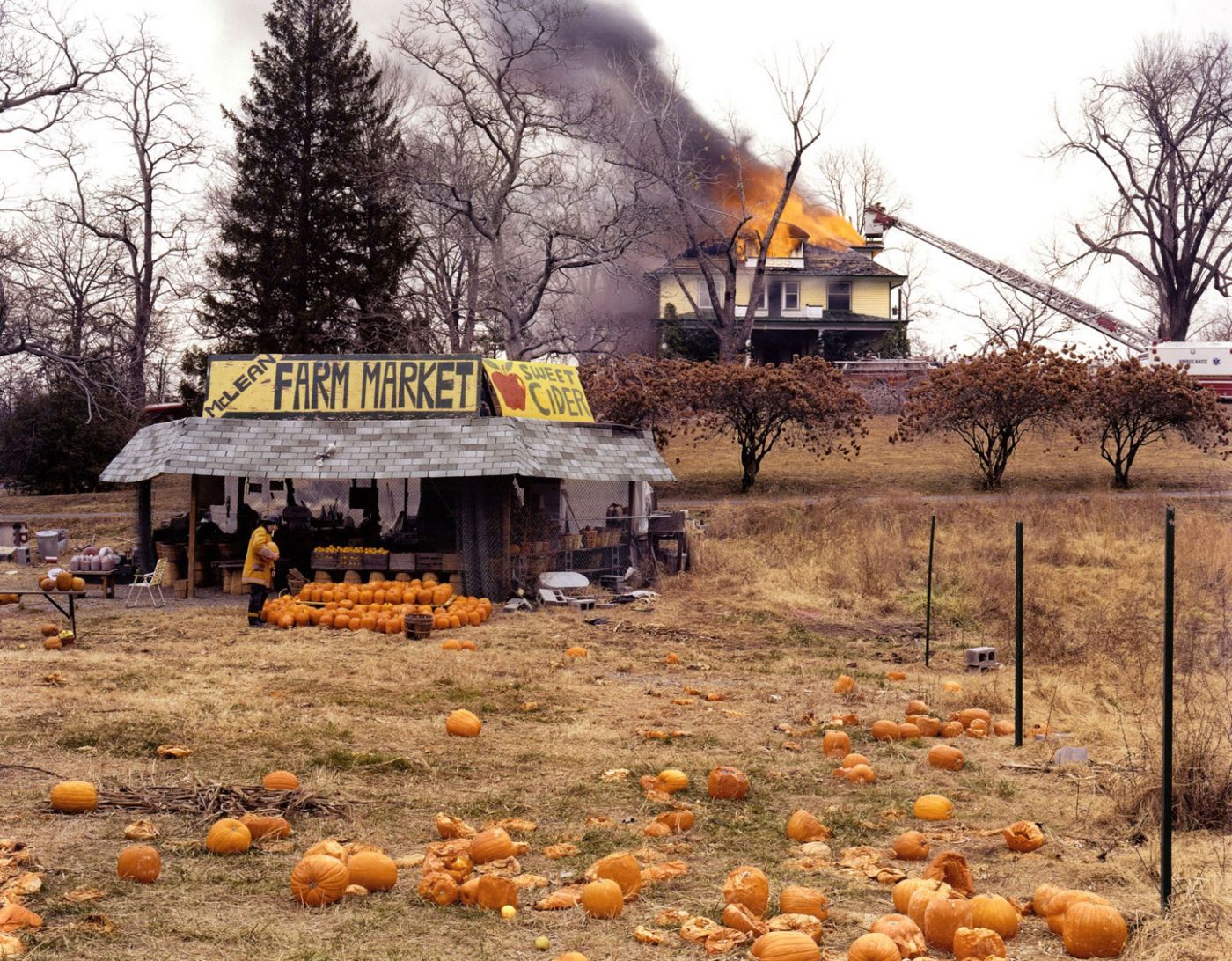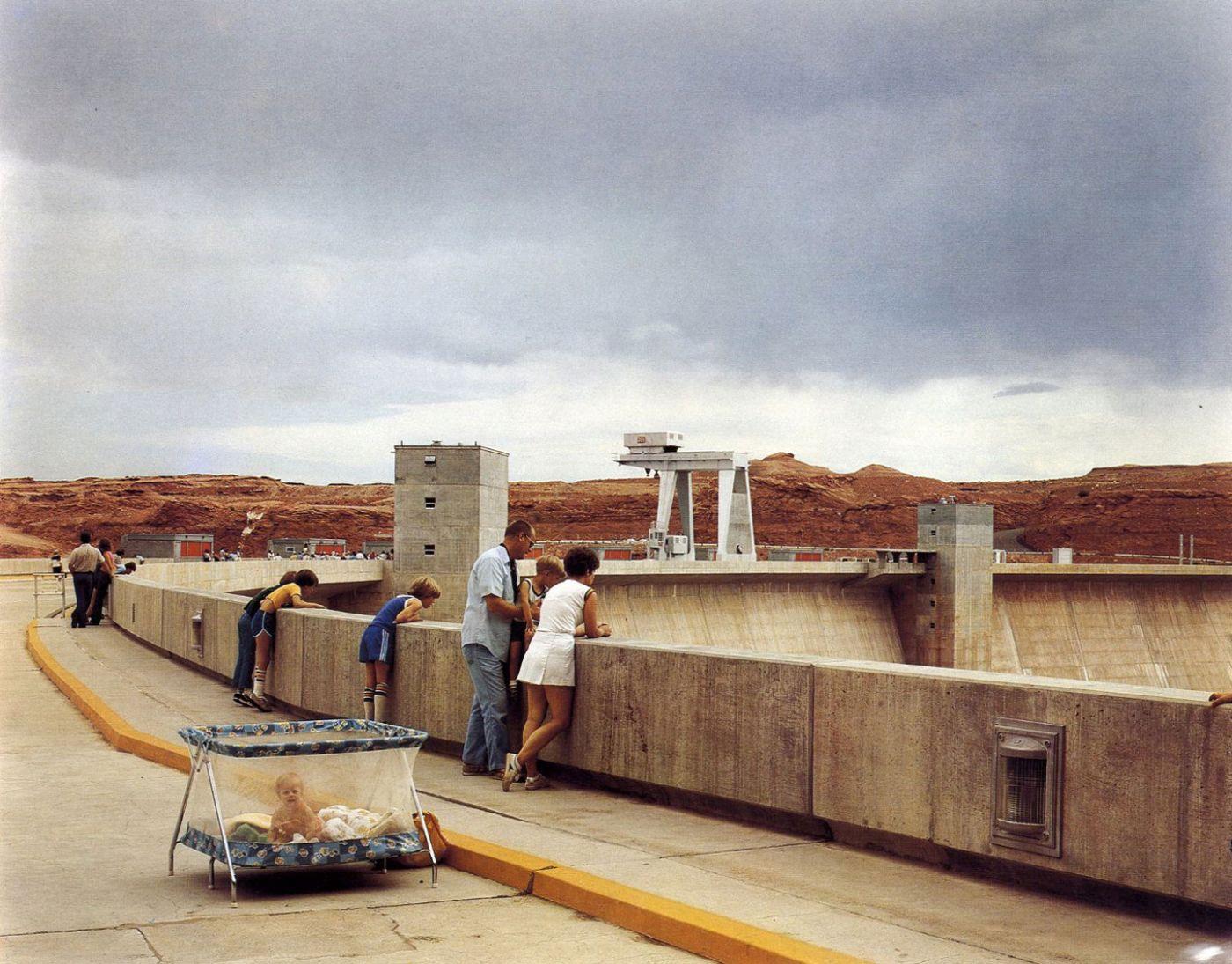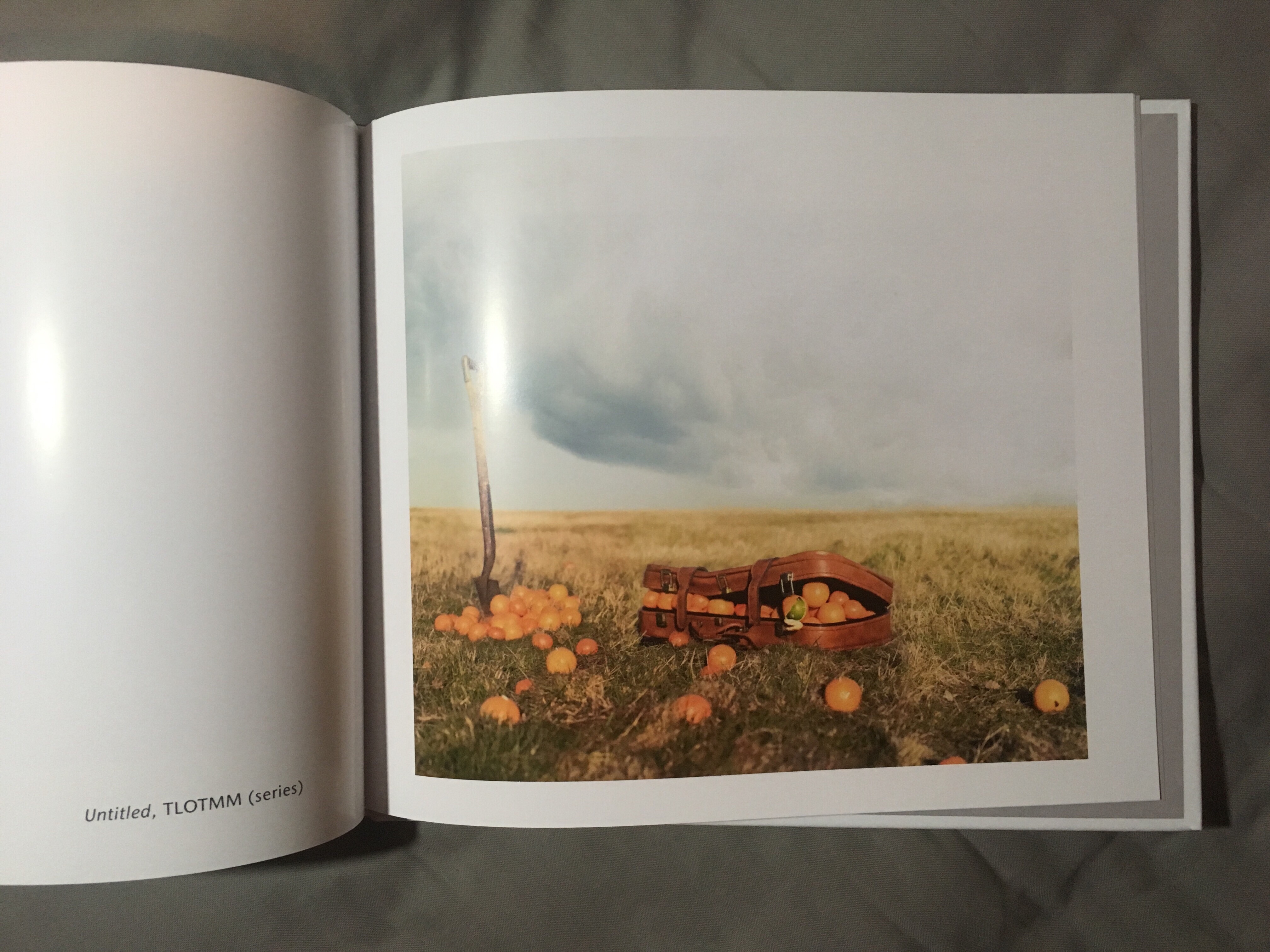What is the project’s context?
With ‘The Last of The Material Men’ I sought to mine the totality of my experience with nihilism, and attempts to repress such. I looked to explore the latter’s role in a new light, and as ultimately the cause of my nihilism. Exploring my own relations with such a process to be that of a clear and conscious attempt of self-delusion and escapism, as crude and incomplete, desperate and pitiful. As a dysfunction which ultimately leads me to feel deeply isolated and disconnected from those around myself, unable to throw myself at the going-ons, forever sitting at a distance. In my failings to subdue my consciousness of this process, I find myself incapable of escaping the grips of my nihilistic world view. An experience that this project has further hopes of mining, in its totality, and thereby seeking to elicit a sense of the wider experience – one of isolation, despair, ineffability, confusion, desperation, betrayal and deceit. The exploration of this dysfunction, through this project, itself a shining memorial and exemplification of the very process, and a further struggle. But, and most crucially, the refusal to give up the search, the refusal to let the light go out.
What photographic methods have you used throughout the project?
Going into this project, I had little to no post processing skills past basic dial and lever adjustments. But over the course of the summer, I had become deeply fascinated by the process of constructing an image from elements of multiple images as a means of realising one’s idea. With the majority of my work tackling deeply philosophical issues, I often dreamt up grand ways of visualising such emotionally charged topics, but could never realise them, either at all or with the impact that I had sought for them to behold. Inspired by up and coming artists Alex Currie’s and Alex Stoddard’s work, I set about learning the basics of these techniques. In all honesty, I hadn’t much hope for ever producing the work that I ended up producing here, for the post processing techniques that went into these were utterly foreign to me, and I had a built a complex about ever truly learning to use Photoshop. But on discovering that the rich depth of the aforementioned artist’s work was not achieved in camera, but in fact through post-processing and a method known as expansion, and having then watched a few video tutorials on such, I felt that it was just accessible enough that I could throw myself at it and give it a go. And from that moment on, I was hooked and had an insatiable itch to carry on learning. I’d finally broken the ice. All but the final image in this series are composites of varying extents and of varying levels of complexity. The hosepipes and the suitcase proving to be the trickiest of my subjects. But a lot of the process of expansion was directly transferable to more advanced masking and compositing.
I also purchased my first lighting kit at the very formation of the project. Although I didn’t end up using them too heavily, at least in relation to what I had planned, such did allow me to realise the aesthetic that I wanted the project to take on, that of cinema. I experimented with these quite heavily, just simple self-portraits in my bedroom at night, as to get somewhat of a tentative grip on sculpting light and being a little more intuit with such. Though, as aforementioned, I didn’t go on to use artificial light to much of an extent, my success in overcoming this, what always felt to me, giant roadblock, really instilled a great deal of self-confidence in my abilities. Of which I carried throughout the project’s duration in knowing that if such lighting was ever needed, I could most probably get it done.
What is sophisticated and innovative about your work?
In this age of attention crisis, of if you don’t think you’ve got ADD, you’re probably not paying attention… of epidemics in neuroticism; depression and anxiety, and of unprecedented global suicide rates, we have quite clearly lost our way. The stories of old are failing us and our problem is, we are not replacing them and this is a grave problem to have. As author, Leo Tolstoy once said, ‘Man’s inability to live without a way to bridge the finite with the infinite is severely under threat’, and we are now beginning to see the implications of such. In our secularism, we need to find new ‘bridges’, new ways to connect to the ‘infinite’. Creativity is one of such bridges, though the importance of its role within our lives is criminally understated and under-appreciated. Through exemplifying this process myself, leading by example if you will, and as I begun, I wish to emphasise the importance of such, of immersion through creativity and a committal to meaning-finding. And although the search cannot provide a solution, it does at least impart a sense of control over our angst, and thus a sense of relief, no matter how small that may be. In exploring my nihilism and so my dysfunctional relationship with repression, through the medium of photography, I am exemplifying this very search, advocating its indispensability, whilst acknowledging its futility.
How have you sustained your engagement over the period of the unit?
Having never had such a large amount of time at my expense during my studies, it was an ever present concern that I’d lose track and touch of what I was doing. And this indeed happened on a few occasions, mainly due to the former. At times it was hard to remember what I’d done and why I was moving in the direction I was. Tutorials where very useful in refocusing myself and my project, and I also found dedicating an hour or two an evening in which is simply revisited artist’s work and then sat with my iPad drawing up sketches for any ideas that came to me. Even if the work was unrelated, I would sometimes expand a single element and form a whole idea. Of course, the main function of this practice was to keep myself motivated and inspired, which is easy to lose over the course of several months. A lot of my images were produced as a direct result of this motivational boost.
I also read a lot. Ernest Becker’s, The Denial of Death, played a vital role in the formation of my concept. It was through reading its pages late summer last year, that the idea to explore the sham of the ego came to me. And subsequent to that, as the project developed, it evolved as a direct response to further reading of this works. Taking the failed concept of the falsity of selfhood, evolving it into an exploration of the mythologised everyday and then so finally nihilism, with the wider scope of my dysfunctional relationship with repression, which is of course, the act of mythologising one’s world. I continued to revisit Becker’s words over the course of the project, reading back over what I’d read before, again as a means to refocus and re-centre myself. I expanded my research to encompass moving image, as well as textual and verbal sources, rather than what my research would usually exclusively consist of, i.e. photography and still imagery. This was with the further hope of sustaining my interest and keeping the task of researching interesting and fresh. Which it did. As my project evolved, I made a conscious effort to maintain a level of malleability and a process of cross-pollination between the visual and contextual aspects of my research. I tried my utmost, for example, to explore similar areas within my Dissertation as I did my Major Project, and then so allow both to inform one another.
How have you chosen to present your project and practice appropriately and to best effect, how have you considered your audience and the dissemination of your work?
From the get-go, I have produced the work for my Major Project with exhibitions and galleries in mind. I have and continue still, to produce images that are rich with detail, soaking in ambiguity and thus loaded with potential stories and adaptations. All of which I hope opens the work up to a larger potential market. For though the work, of course, has it intended context, I hope that it also remains ambiguous enough that it is able to accommodate others. I never wanted it to be a finished story. And further, as I have discussed in answering a previous question, we are in the midst of an age of ‘soul searching’, if you will. In our growing secularism, we are increasingly finding ourselves unable to defer our existential angst, unable to cloak our fates with stories of salvation and so unable to live with equanimity. This reality and cultural relevance situates this work, and its audience is wide.
In realising these hopes, I will be submitting my project to relevant competitions and publications, as well as of course, gallery spaces. The latter being the ultimate goal, the former means of gaining exposure and interest upon which I can build upon to achieve such. I will also be frequenting gallery spaces in person, and indeed have a printed portfolio book containing images from the project, as well as past conceptual work. The idea being that frequenting events as to coalesce with artists, curators, hosts, judges and so on, will enable me to network, to build a rapport and become a familiar face.
I also have no intention of stopping the project here, and am indeed continuing to work on it even now. The project was always intended to be indefinite, and so carry on as long as I deem fit. Moving forward I want to expand it to entertain the forth coming Virtual Reality revolution, of which we are sitting at the foothills of at the moment. But even without such, I feel there is a lot more I can touch on with this project, for its context is vast. And as such, I will be looking to apply for grants, funds and fellowships for its continuation.
For our graduation show, I will be offering the prints for sale in an addition of five. And as per the advice of my tutors, pricing them between £750-£1000.
Supporting notes: Death by suicide is a global epidemic on a harrowing scale; the World Health Organisation (WHO) estimates that around 800,000 people die annually at their own hands, as victims of suicide. Now, to put this into greater perspective with the numbers of deaths by armed conflict and natural disaster; in 2016, a little over 102,000 people died as direct result of armed conflict, and 600,000 people died from natural disaster… In the twenty years from 1995-2015. The problem is huge.
How have you developed your extended body of work and your visual language through synthesis and application of advanced creative methodologies and skills?
I covered a lot of this within answering the previous question about sustained engagement. My main tactic when carrying out research for this project was to maintain a high level of flexibility and openness in my approach to such. Within all my past projects at uni, I felt that my research was rather limited in its scope, for I only ever really payed attention to photography based work. With this Major Project, I have been open to much more sources, from painting, to film, to lectures, to essays, to books of which I took elements from each source and amalgamated them into the shots I produced and the ideas behind them. I also insured that I remained engaged, visually, with the sort of work that my project strived to resemble. I set aside hours upon hours over the course of this project in which I would disconnect myself from any distractions (phone, laptop, internet, games etc.) and just sit and go through these images and works. Whenever I was feeling in a rut, demotivated, confused or uninspired I would take these moments to re-centre and refocus myself. I found it to be hugely useful, many of my shots, if not all of them, are a direct response to one of these sessions.
I also tried to reach out a lot more to peers for feedback, support and advice, and frequently exchanged work critiques, outside of those set up as part of the course. And finally, I spent a lot more time immersing myself in the sort of settings I had visions of shooting in. Again, most of my previous works from past projects were shot then and there. I knew of the locations, but I would never go out and scout them as to really plan an image. I scouted a lot more with this project, but more importantly, I made efforts to simply visit the location and spend time there, with pen and paper, and write or sketch anything that came to mind.
